Photography has always been a tool not only for documenting the past but also for imagining the future. Today, visual production is undergoing a radical transformation. Artificial intelligence and digital technologies do not merely create new images; they reshape memory, identity, and perceptions of the body. In this project, I blur the boundaries between the traditional and the digital, questioning how cultural identities rooted in the past might exist in the future.
Traditional garments from Anatolian cultures carry more than just the history of clothing; they reflect the evolution of identity and the ways in which societies have shaped bodily representation over time. Today, these garments have nearly disappeared from daily life—but could they persist in the digital realm? If artificial intelligence and algorithms reconstruct them, do they still belong to our cultural heritage?
It explores how the body and clothing might be represented in the future. By presenting semi-nude models wearing modernized versions of traditional garments, I examine the shifting dynamics of bodily politics and modesty practices in the digital age. I develop a speculative perspective on how technology rewrites the human body and identity: If our cultural past becomes entirely digital, what happens to the physical presence of the body?
At the same time, Between Body and Fabric addresses the tension between the materiality of photography and the immateriality of digital reproduction. I seek to highlight the contrast between the tangible memory preserved through traditional photography and the endless generative possibilities of artificial intelligence. In this work not only aims to create a record of the past but also raises critical questions about how images, identities, and bodies will be represented in the visual landscapes of the future.
The body is one of the oldest narratives stretching from the past into the future. With this project, I seek to explore how this narrative evolves and how cultural memory will be preserved—or transformed—in the speculative visual world of tomorrow. When tomorrow is rise about visual creation, the ai touched this serie.
Thank you to Şirin Eda Duman to be most powerful part of Between Body and Fabric and her brand "Trace".
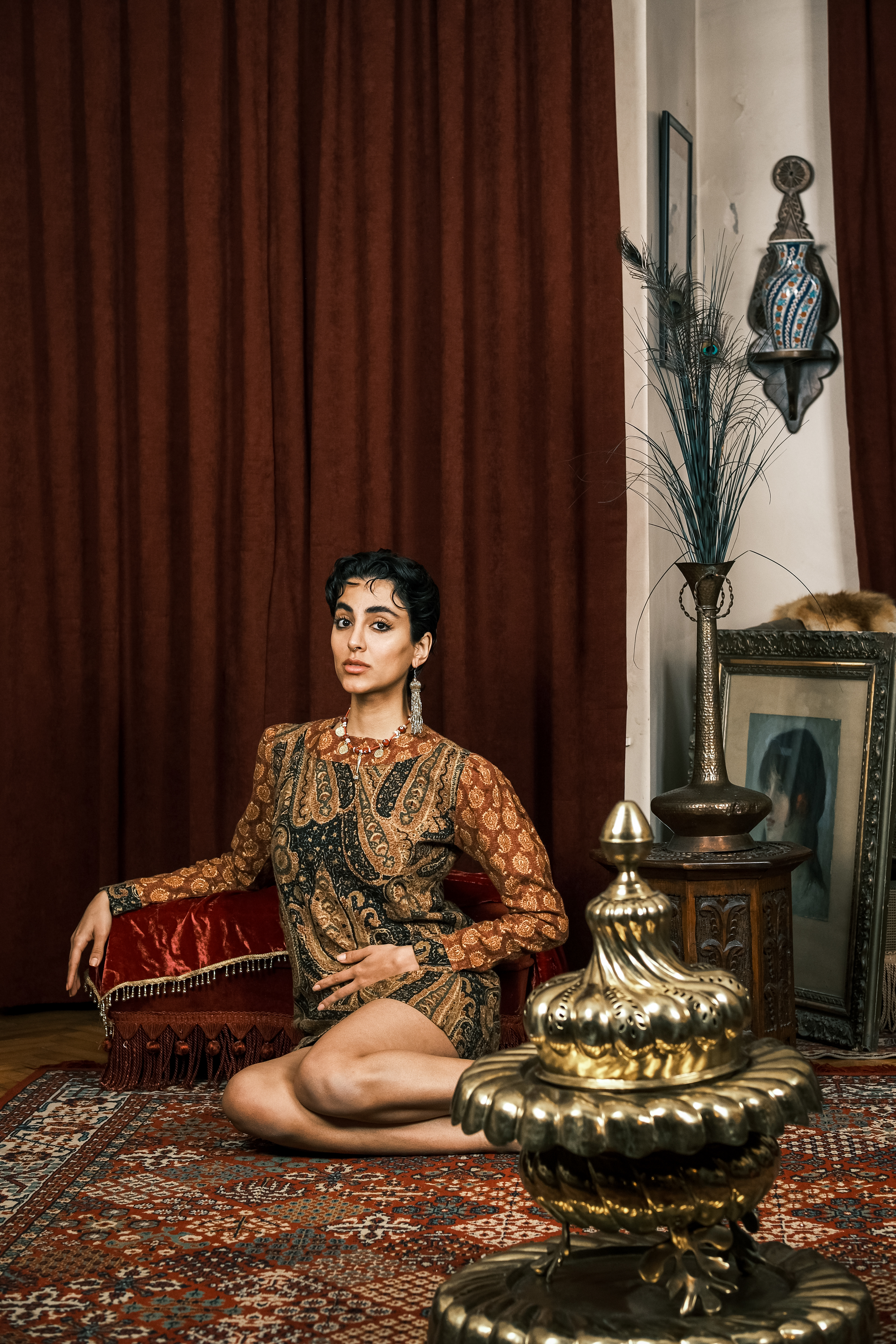
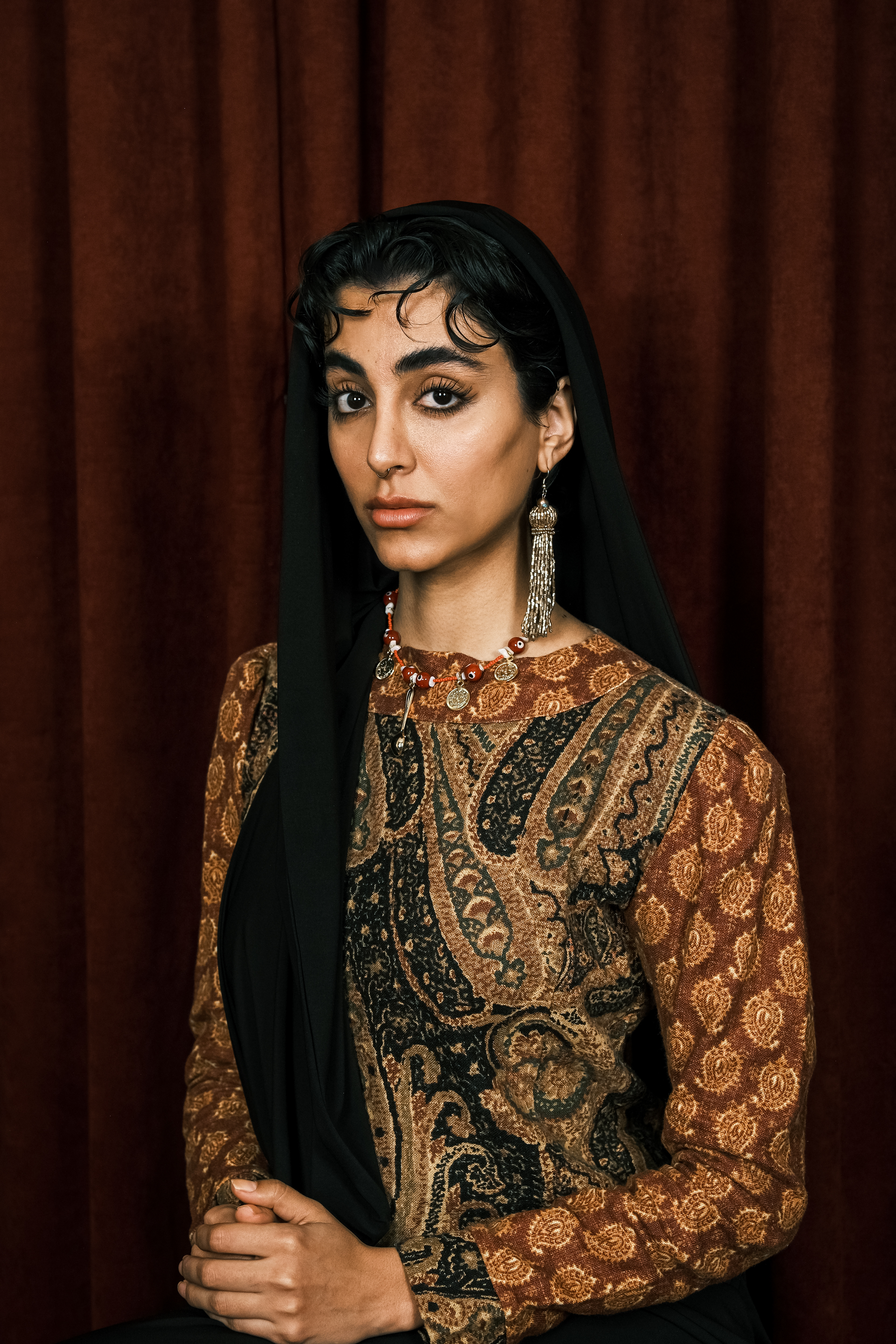
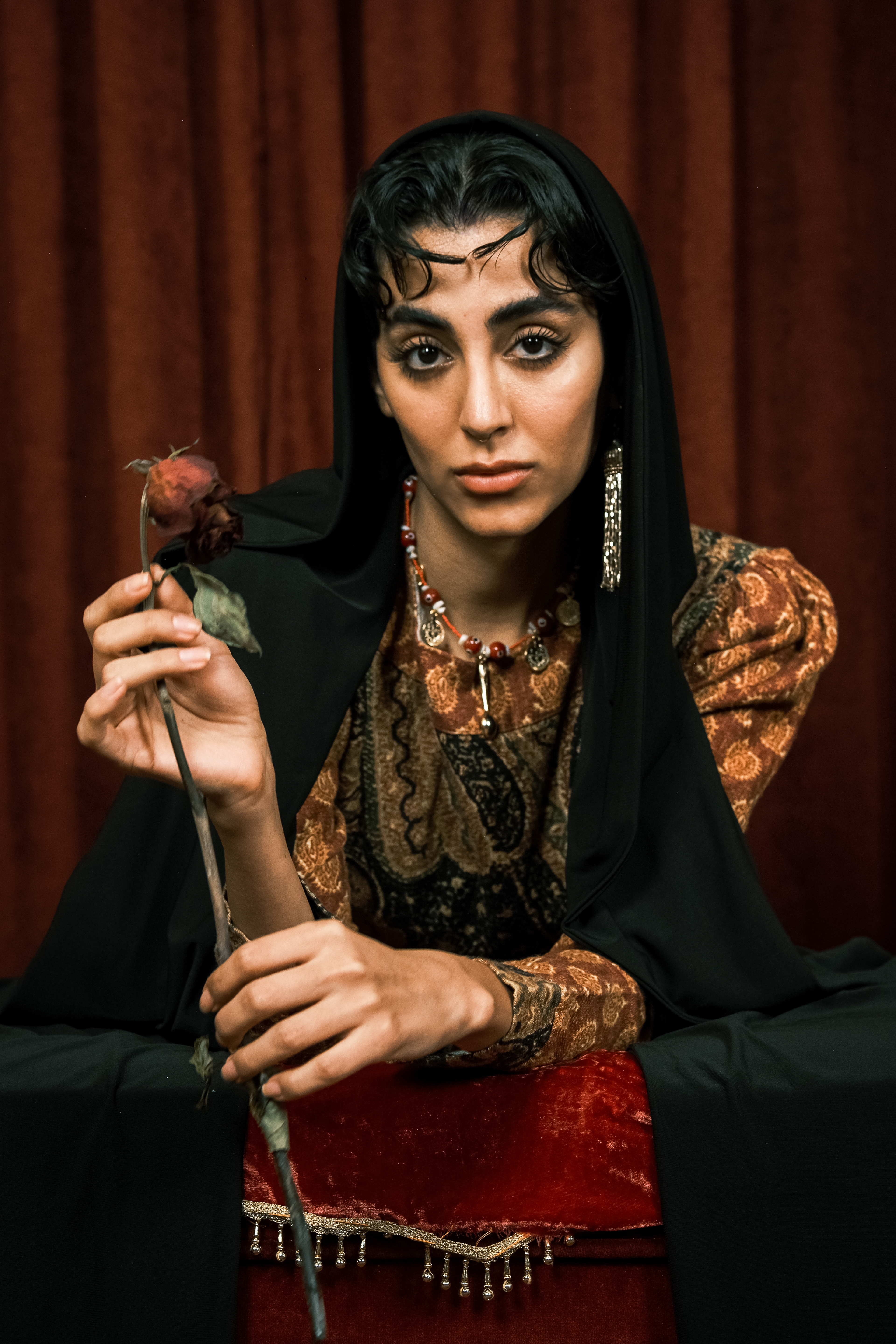
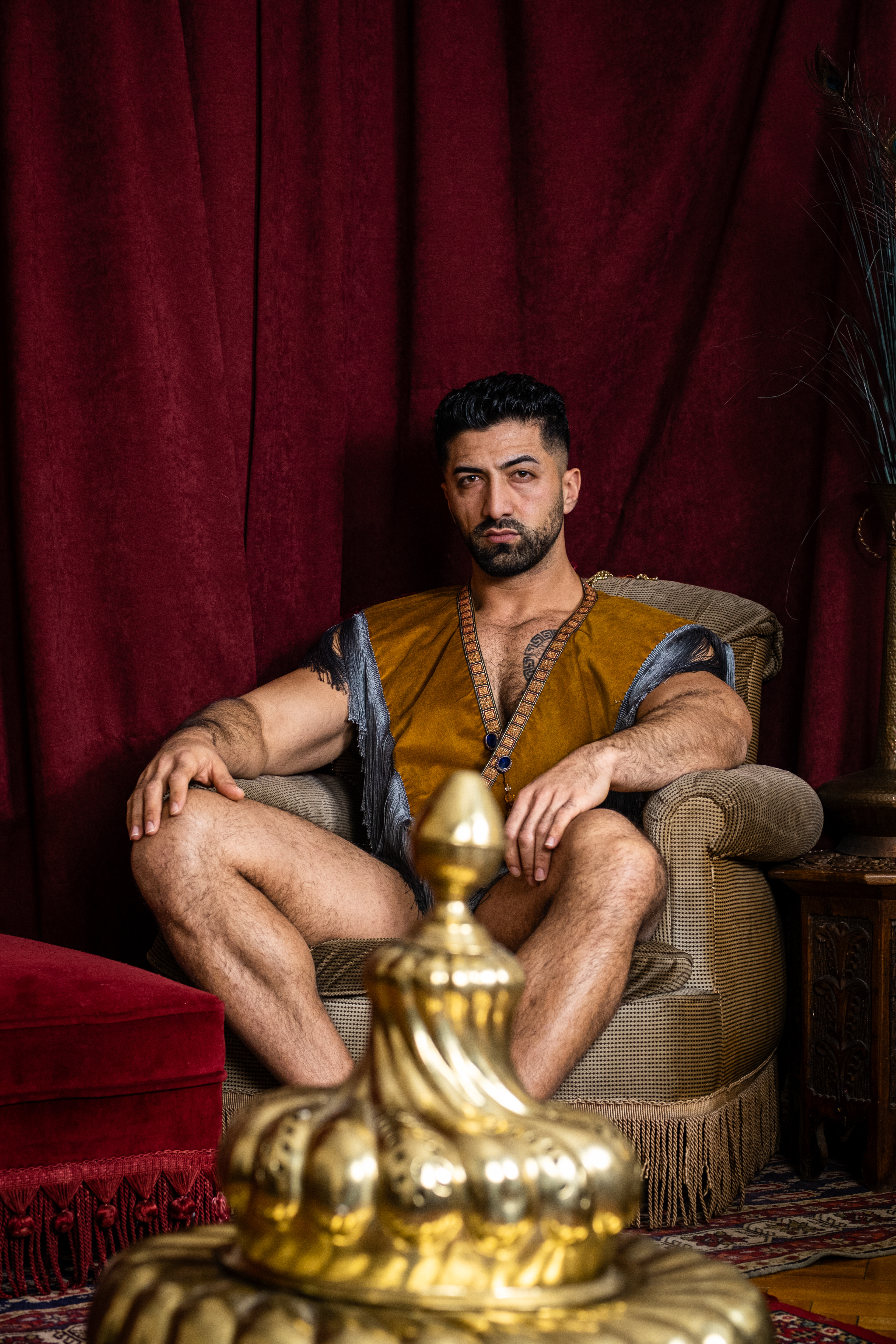
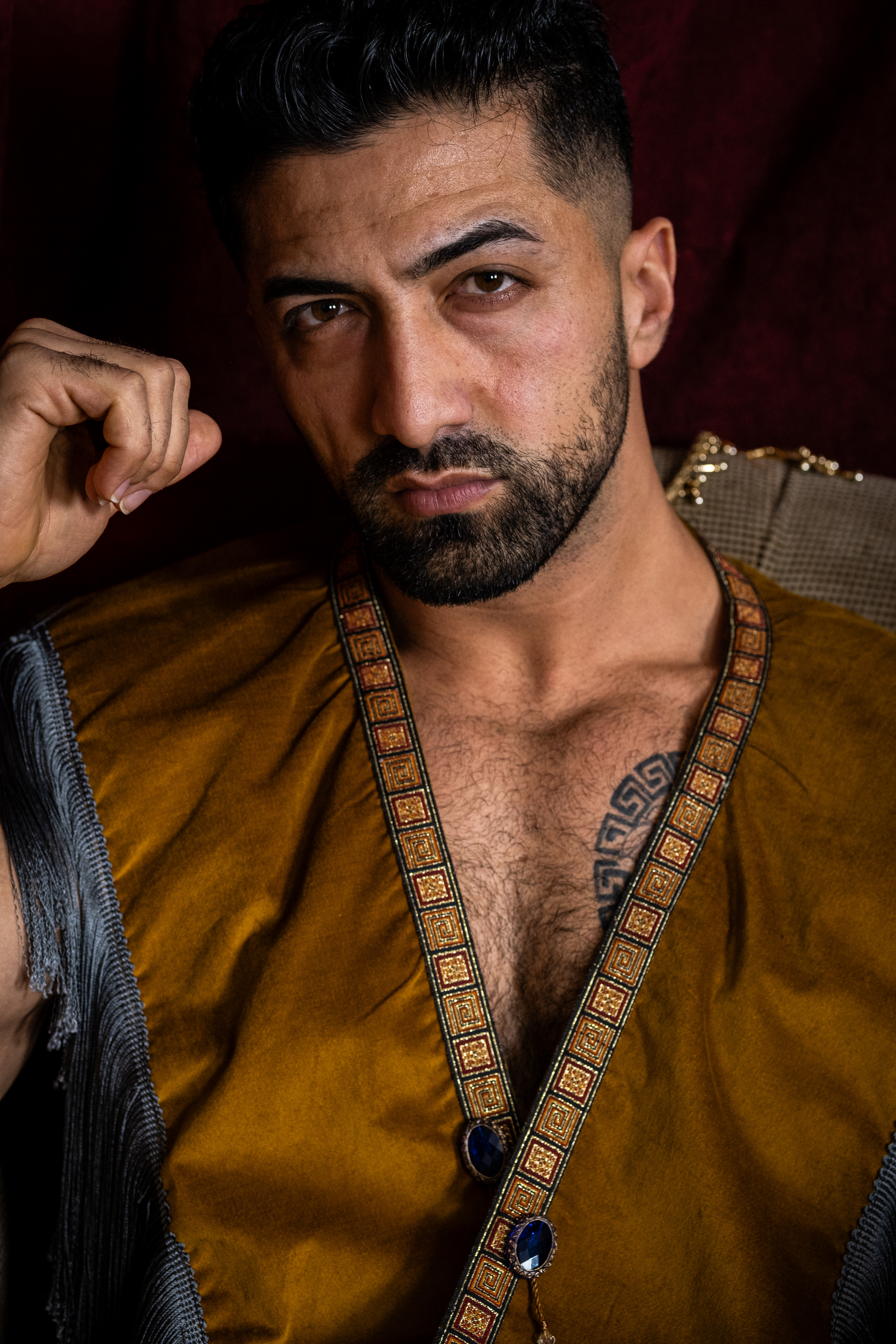
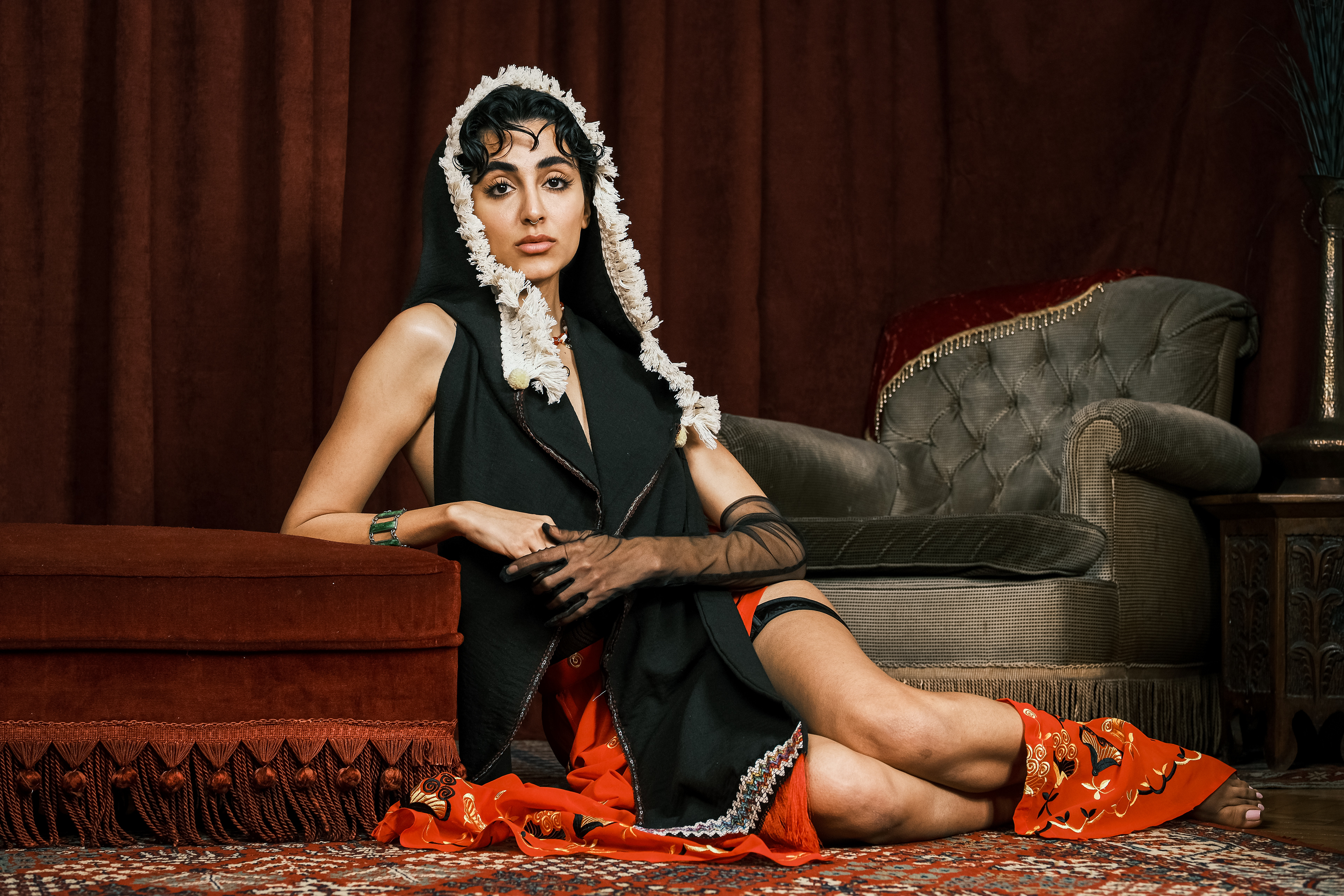
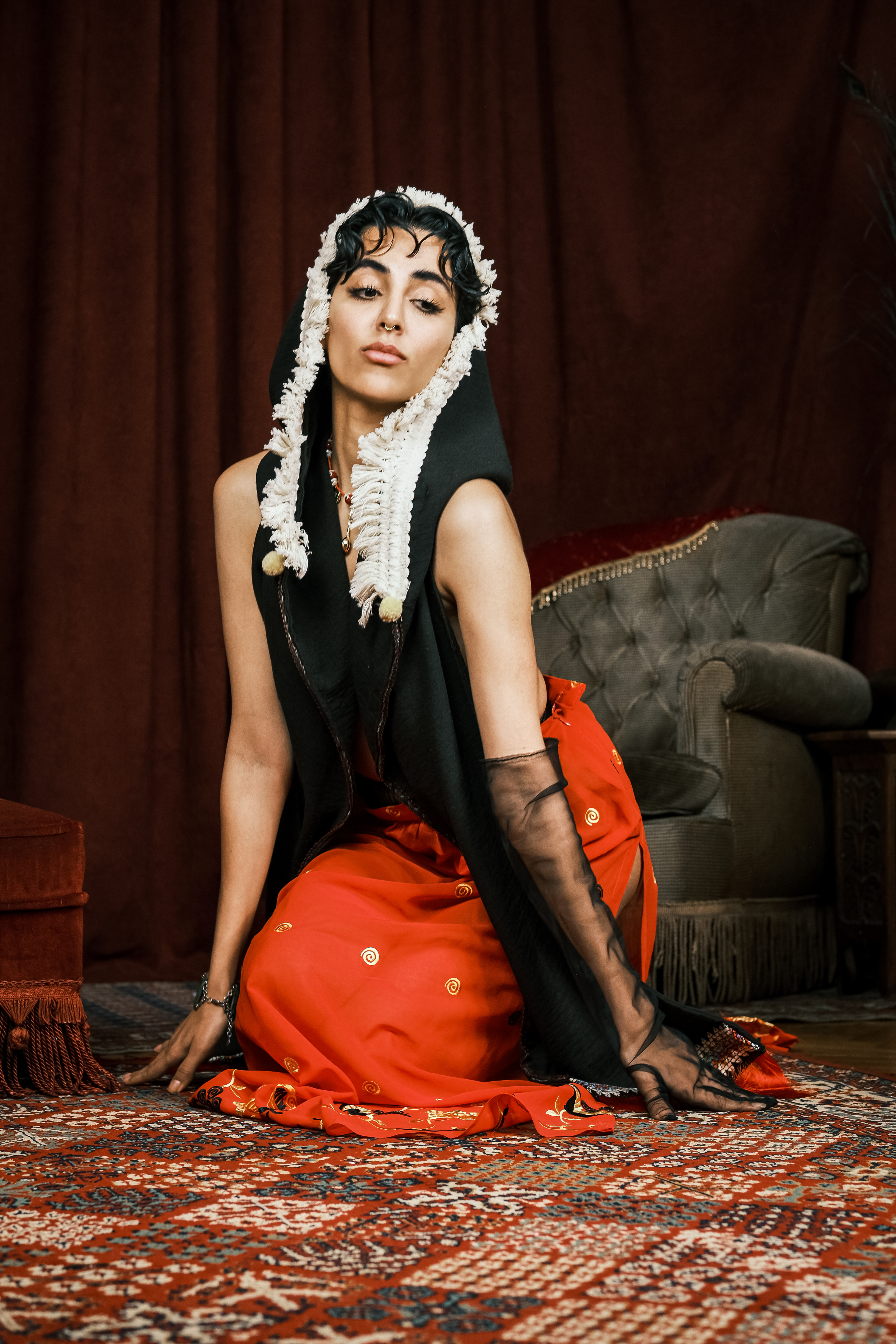
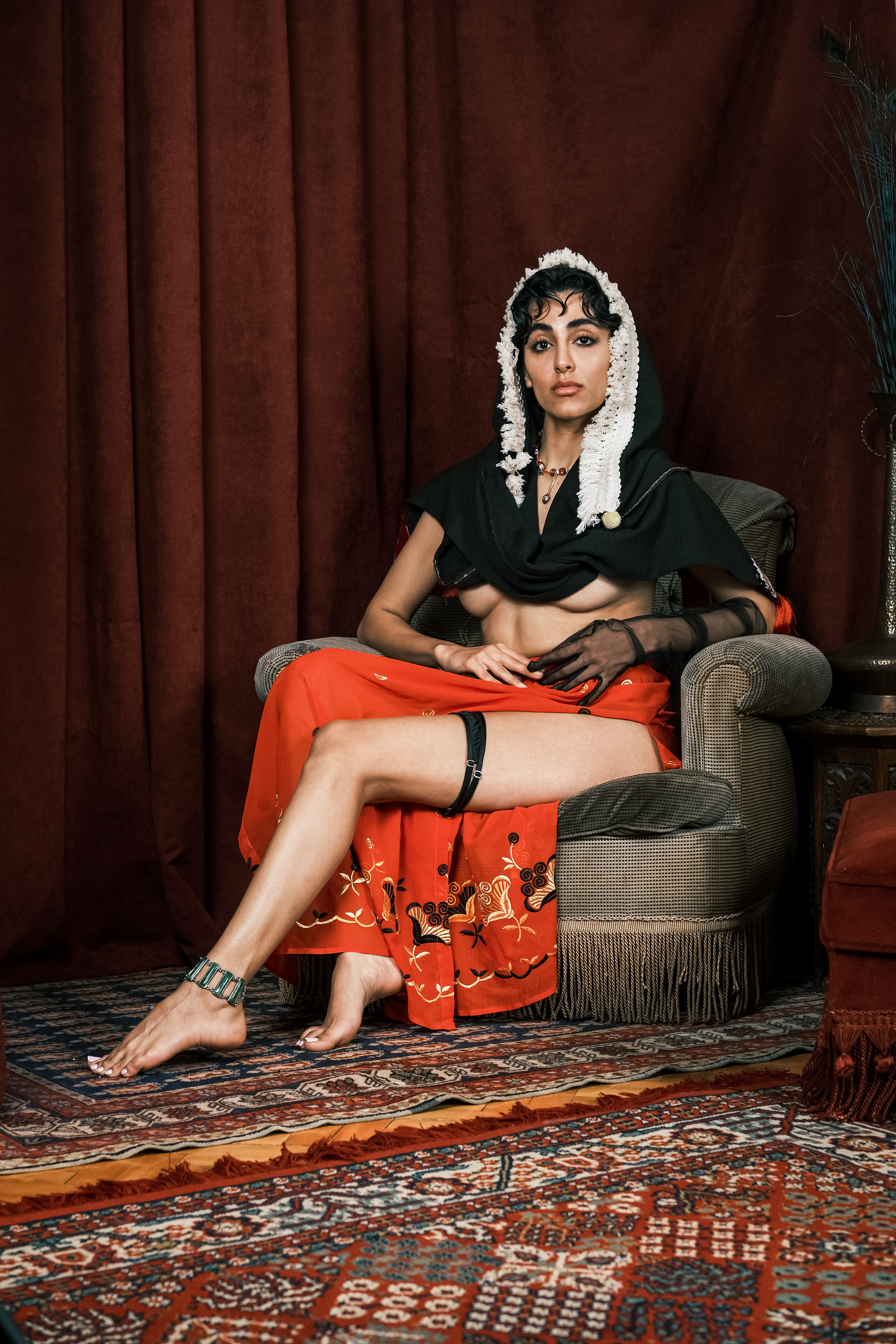
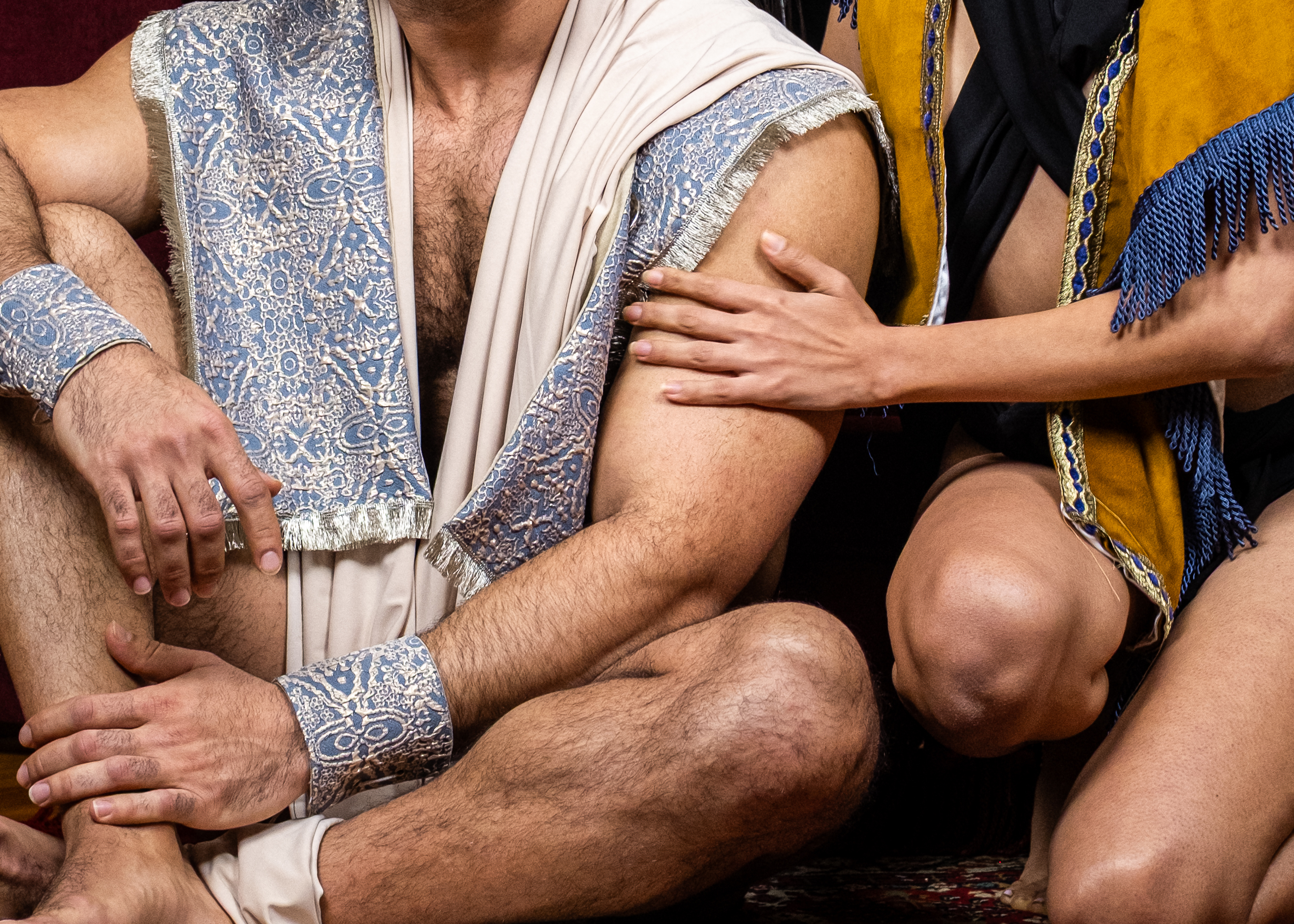
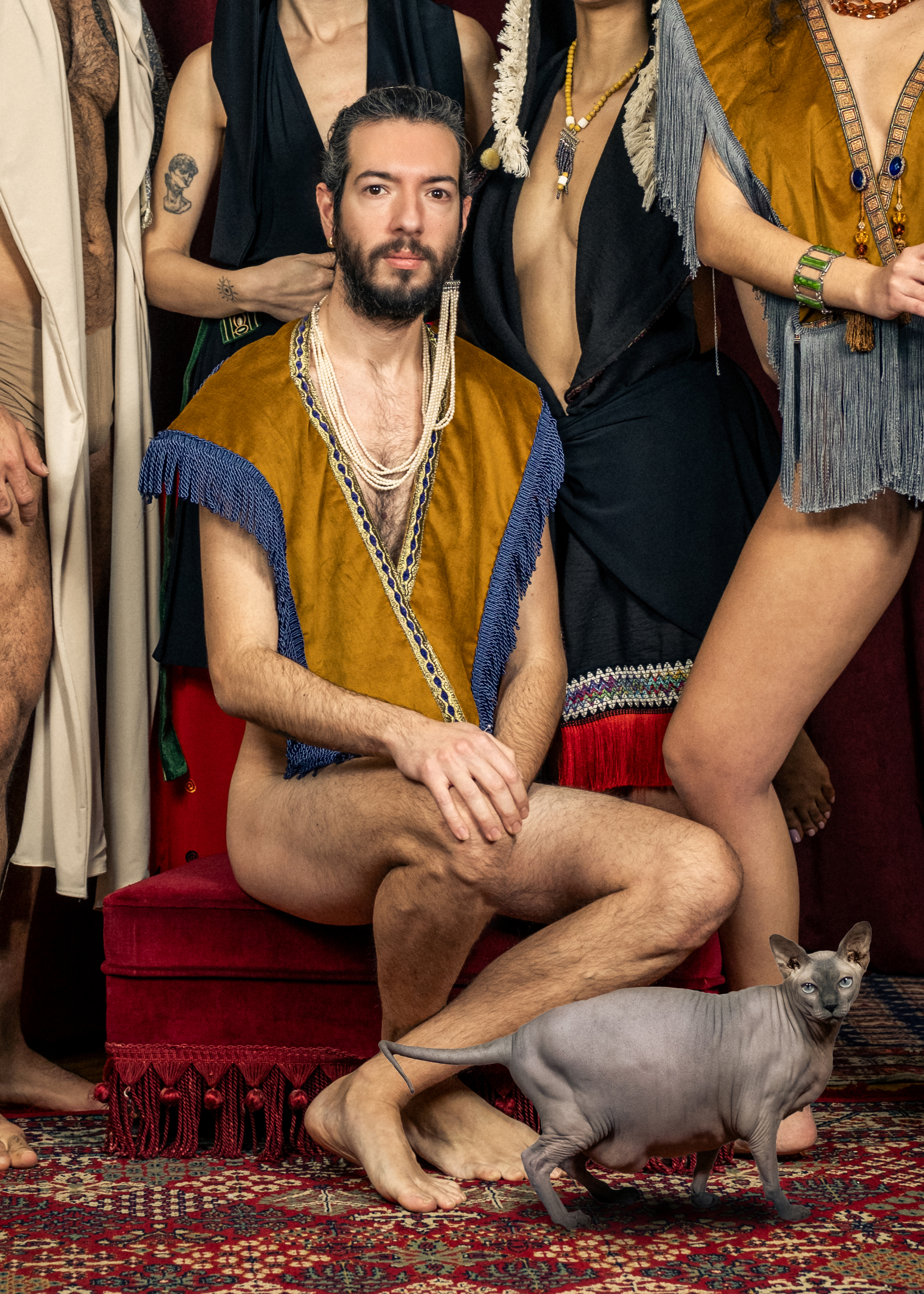
"The Universal Language of the Body and Culture
The body is the first canvas of human history, the most powerful carrier of culture. Colors, textures and symbols; while making each identity unique, bring humanity together with a common language.
Red is the essence of life and death, pain and lust; like a river flowing throughout history, the cultures. Symbols, on the other hand, are the silent codes of history, traces connecting the past and the future.
Culture becomes one with the naked body; it envelops it, transforms it and gives it an identity. This union reveals the universal language of the body and the multi-layered story of humanity. However, as much as this external expression, we should not forget the deeply engraved inner memory of culture.
A call to the universal language of the body and culture, which unites even as they separate... Every motif, every line, every color; is a deep echo of being human, life and history. This story is our common heritage."
Şirin Eda Duman